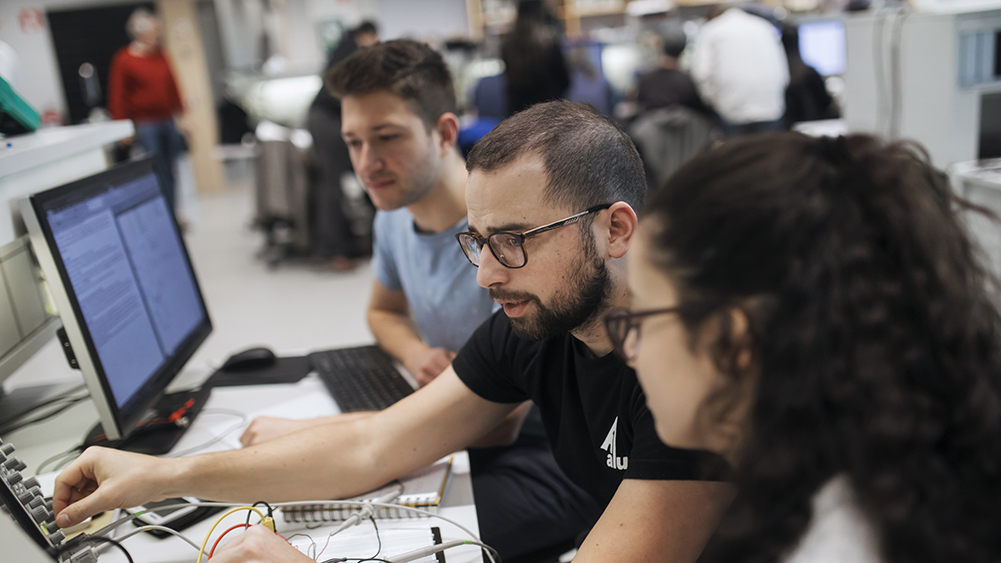Provision of vocational education and training in English being boosted

The Ministry of Education and Culture has authorised four vocational education and training providers to use English as a language of instruction and qualifications for five different qualification programmes.
The new qualification programmes in English are:
• Further Vocational Qualification in Cleaning and Property Services (Taitotalo, AEL-Amiedu Oy)
• Further Vocational Qualification in First-Level Management (Keuda Group, Vocational Education and Training)
• Vocational Qualification in Tourism Industry, Vocational Qualification in Restaurant and Ca-tering Services (Educational Consortium OSAO (VET))
• Vocational Qualification in Mechanical Engineering and Production Technology (Riveria Vocational Education and Training Centre)
The decision is based on regional demand for labour and on education and training needs. The education providers are expected have the competence and capabilities to provide the qualification programmes in English in different learning environments. They must also be able to support the students in learning Finnish or Swedish in the course of the foreign-language programmes. Language skills in Finnish or Swedish make it easier for migrants to find a job, integrate, and settle in Finland.
As a result, 18 providers of vocational education and training will provide altogether 44 programmes in English and one in Russian under their authorisation to provide education.
“These authorisations respond to local demand for labour and safeguard that education and training is available. But it is important that those who are enrolled in programmes in English acquire not only strong professional competence but also sufficient language skills in Finnish or Swedish so they can become part of the Finnish society,” says Minister of Education Li Andersson.
Vocational education and training contributes to the availability of labour by supporting education-based immigration. The roadmap for work-based and education-based immigration adopted by the Government in its budget session outlines that the provision of foreign-language programmes in vocational education and training will be increased.
The Ministry of Education and Culture is currently examining the overall situation and development needs for the provision of foreign-language programmes. The results of the study and the measures for vocational education and training to help improve labour supply by means of work-based and education-based immigration will be discussed at a webinar next year.
It is also possible to provide vocational education and training in a multilingual way so that part of the programme is provided in languages other than those specified in the authorisation to provide education. Multilingual education and training can begin in English or in some other language, and optional studies then help students learn and reach proficiency in Finnish and Swedish over the course of the programme.
Inquiries: Tiina Polo, Senior Ministerial Adviser, tel. +358 02953 30022; Petri Lempinen, Director General, tel. + 358 02953 30180

